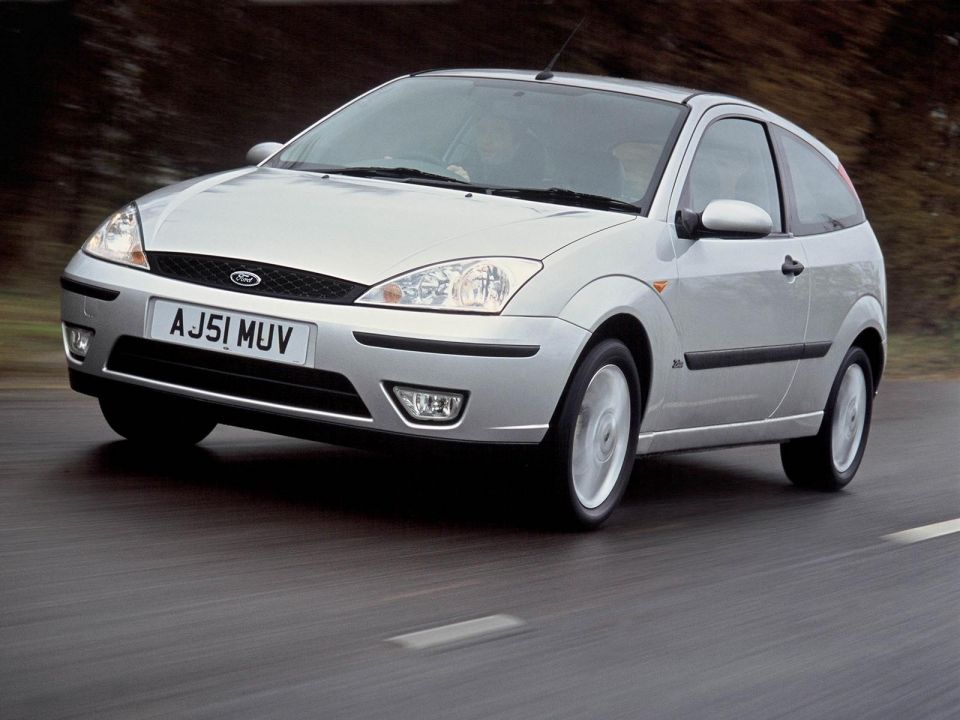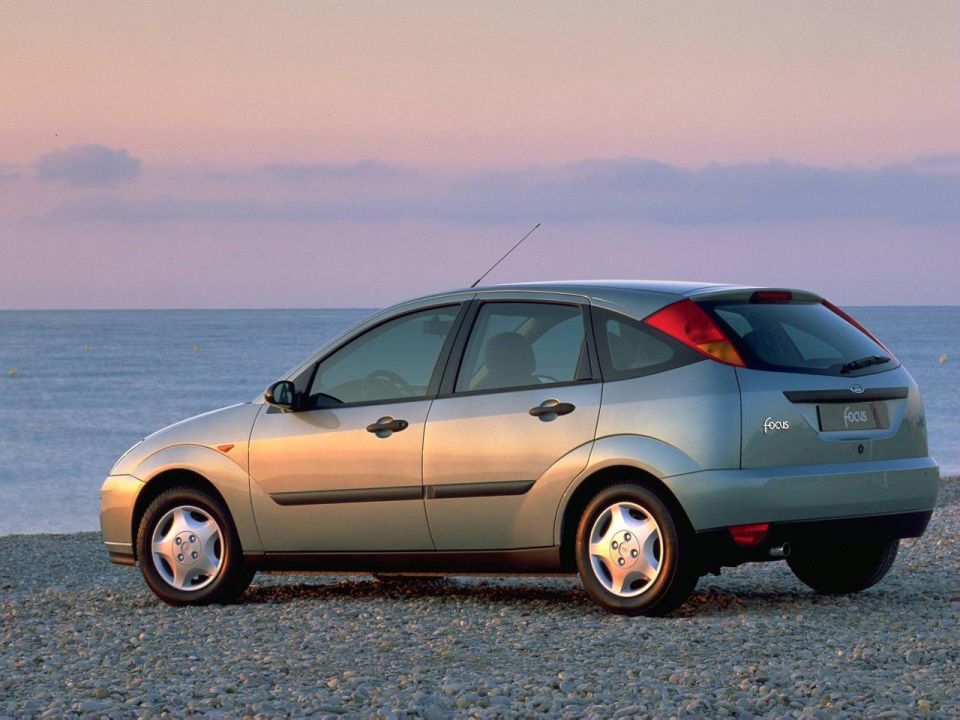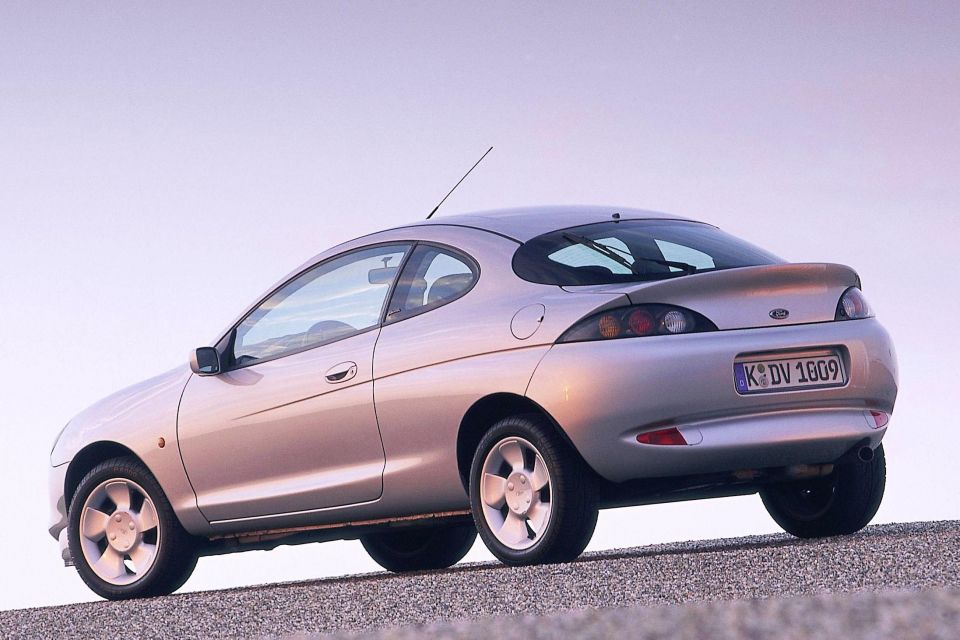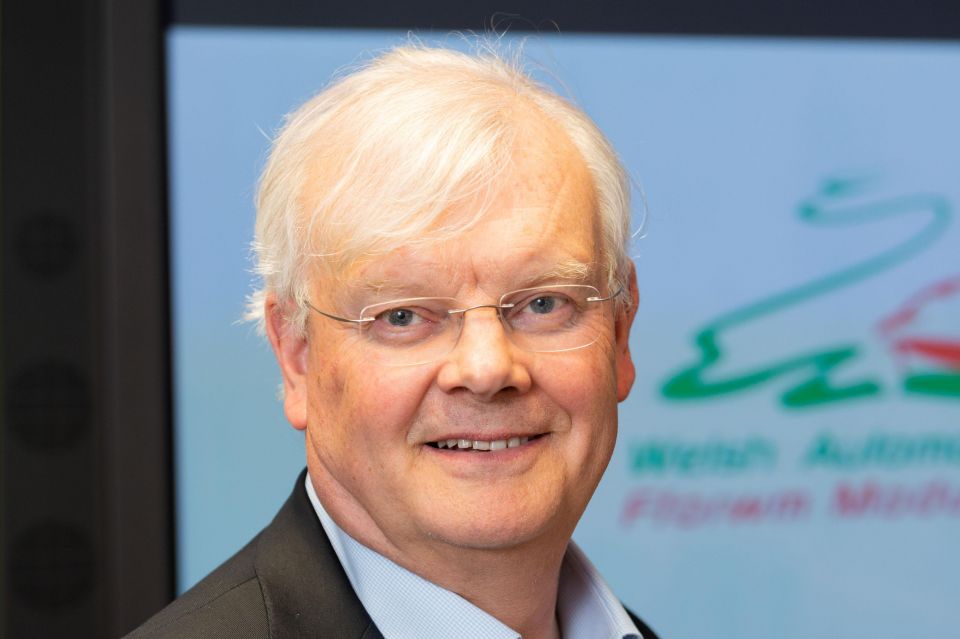

Matt Campbell
2025 Porsche 911 Carrera T review
6 Days Ago

Journalist
If you’ve driven a Ford lately and been impressed with its handling, you have one man to thank: the late Richard Parry-Jones.
Widely credited for changing Ford from a company that sells passable vehicles to a purveyor of dynamically excellent mass-market cars, Parry-Jones passed away suddenly overnight.
Reports indicate he died due to a tractor accident on his farm in Wales.
Born in 1951 in Bagnor, a town in the north of Wales, Parry-Jones joined Ford’s product development team while studying mechanical engineering at Salford University in Manchester.
By the late 1980s, Ford of Europe’s reputation was at an all-time low. The firm’s nadir came with the fifth-generation Escort in 1990, which married obvious cost-cutting with nondescript styling and yawn-inducing handling.


Leading the development team for the first-generation Mondeo, launched in 1993, and culminating in the original Focus, unveiled in 1998, Parry-Jones made Ford’s European range enjoyable to drive regardless of which engine was under the bonnet.
Vehicles such as the Ka and Puma only cemented his status as a guru of chassis tuning.
As both the Mondeo and Focus were developed as “world cars” his influence was felt on both sides of the Atlantic, as well as Down Under.


According to his “50 meter test”, engineers can learn more about a car’s handling properties in a slow, short drive than after many hot laps.
“One of the little things that makes a car good is the question of free play when you press the throttle pedal and before the car starts to move. Sometimes that free play might be only 5mm, but that is 5mm of backlash that is a barrier to you and your car having perfect harmony,” Parry-Jones articulated to Lotus Engineering’s proActive magazine in 2010.
“If you are not preparing yourself mentally to understand whether that 5 mm exists or not and you just get in the car and floor the pedal on your first drive, you will never find that problem.
“You will find it in the first 50 metres — are the controls nicely weighted, are they linearly progressive, lacking in lash, are they communicating, are they helping my driving? Or are they giving me a series of challenges?”


His ability to tune even the most kilowatt-starved model into an enjoyable conveyance not only caught the eye of the media, but also other car makers.
Possibly stung by criticism of the Mark IV Golf, which drove like a lumbering dinosaur compared to the nimble Focus, Ferdinand Piech tried to lure Parry-Jones to lead development work at the Volkswagen Group.
Parry-Jones remained at the Blue Oval, and helped to develop and fine tune vehicles from Ford, as well as Jaguar, Lincoln, Land Rover, Volvo and Aston Martin, which were all part of the firm’s Premier Automotive Group.
He later joined Ford’s board, where he served as chief technology officer and global vice president in charge of product development.


After retiring from Ford in 2007 he became chairman of Network Rail, the government body responsible for running the UK’s network of railway tracks, in 2012.
Parry-Jones was also an advocate for his native Wales, and ran a spa and lodge in Snowdonia National Park.
He remained active in the automotive industry too.
In 2009 helped to establish the Automotive Council UK, a body which seeks to “enhance dialogue and strengthen co-operation between UK government and the automotive sector”, and in 2019 became the chairman of the UK dealership network Marshall Motor Holdings.

Figures throughout the industry have paid tribute to Parry-Jones.
“Richard Parry-Jones was a rare talent who left an indelible mark on Ford and the industry. As an engineer, he was a virtuoso with an uncanny feel for creating cars that were dynamic and incredibly fun to drive,” Bill Ford, chairman of Ford, said in a statement released overnight.
“I can tell you that going on a test drive with him was not for the faint of heart. His passion for great cars and love of motoring inspired legions of engineers and enthusiasts in Europe and around the world. Richard will be deeply missed, and our heart goes out to his family and loved ones.”
Where expert car reviews meet expert car buying – CarExpert gives you trusted advice, personalised service and real savings on your next new car.
Derek Fung would love to tell you about his multiple degrees, but he's too busy writing up some news right now. In his spare time Derek loves chasing automotive rabbits down the hole. Based in New York, New York, Derek loves to travel and is very much a window not an aisle person.


Matt Campbell
6 Days Ago


James Wong
5 Days Ago


Max Davies
3 Days Ago


Josh Nevett
2 Days Ago


Josh Nevett
2 Days Ago


Paul Maric
14 Hours Ago